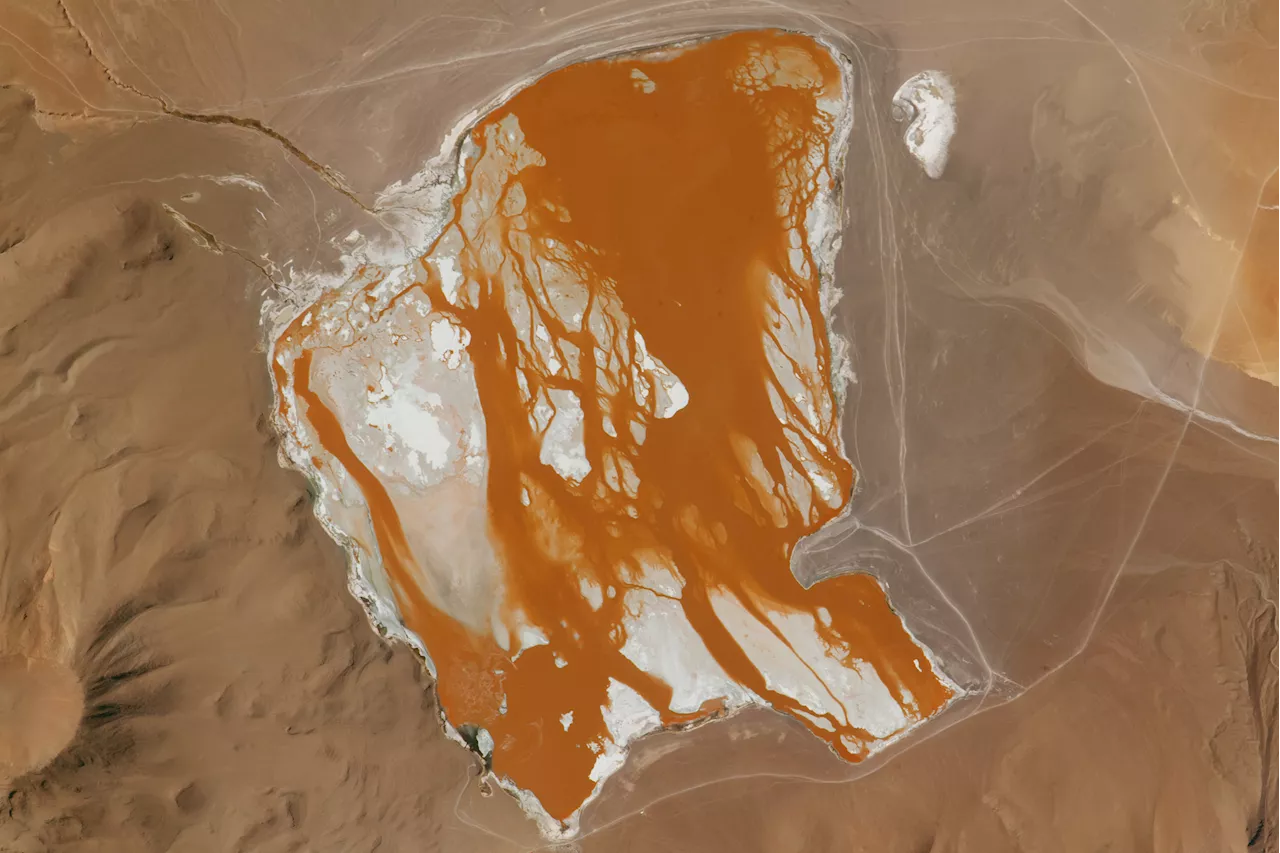Scientists have simulated whether it is possible to turn an asteroid into a pile of rubble and whether that raining down on Earth would be any safer.
Dangerous asteroid approaching to planet Earth. Concept a potentially hazardous object . Stony-iron meteorit is solar system. Elements of this image furnished by NASA Earlier this year, on 13 July, an asteroid the size of an office block flew past Earth at about a quarter of the distance to the Moon. In astronomical terms, that’s a hair’s breadth, the closest of close shaves. A direct hit would have produced an explosion equivalent to 1.5 megatons of TNT.
Now a team of astronomers and computer scientists have simulated this scenario, as if 2023 NT1 was discovered heading towards us and that the impact was just a few days’ away. “We investigate a variety of short warning time, terminal mitigation scenarios via fragmentation for a hypothetical impact of asteroid 2023 NT1,” say Brin Bailey, at the University of California, Santa Barbara, and colleagues.
Because most larger near-Earth asteroids are thought to have been catalogued, and because smaller objects are significantly more common, astronomers believe the most immediate threat to Earth is from objects about this size. One option in these scenarios is to launch a projectile towards the asteroid with enough kinetic energy to break it apart. The big question is whether this would work.
That’s the theory, anyway. An important question is how big the projectile should be in practice. This is a calculation fraught with uncertainty because the likely unknown structure and make up of the asteroid as well as its size. The team determined the threshold levels below which both of these effects would be safe and then simulated the range of airbursts from the fragmented asteroids to see if they broke the thresholds.
That provides some reason to hope that it will be possible to defend Earth from future asteroid impacts. There’s no question that objects the size of 2023 NT1 are headed our way, at the rate of one every 50 years or so. The Solar System is brimming with objects this size.There are significant challenges ahead, however. One will be to improve our ability to observe near-Earth objects of this size before they hit.
United States Latest News, United States Headlines
Similar News:You can also read news stories similar to this one that we have collected from other news sources.
 From Dark Matter to Bright Stars: Webb Telescope and “Renaissance Simulations” Reveal the Early UniverseScience, Space and Technology News 2023
From Dark Matter to Bright Stars: Webb Telescope and “Renaissance Simulations” Reveal the Early UniverseScience, Space and Technology News 2023
Read more »
 Space Station Photos Reveal Earth's 'Bloody' LakesRed algae and other microorganisms are so abundant in some lakes that they color the water vibrantly, making it visible from space.
Space Station Photos Reveal Earth's 'Bloody' LakesRed algae and other microorganisms are so abundant in some lakes that they color the water vibrantly, making it visible from space.
Read more »
 The Rings Of Power's Sauron Reveal Fixed A Major Lord Of The Rings Movie ProblemSauron wasn't as effective a villain as he could have been in the Lord of the Rings movies, but The Rings of Power's Halbrand fixes this problem.
The Rings Of Power's Sauron Reveal Fixed A Major Lord Of The Rings Movie ProblemSauron wasn't as effective a villain as he could have been in the Lord of the Rings movies, but The Rings of Power's Halbrand fixes this problem.
Read more »
 Dinosaur-killing asteroid impact fouled Earth's atmosphere with dustIt was, to put it mildly, a bad day on Earth when an asteroid smacked Mexico's Yucatan Peninsula 66 million years ago, causing a global calamity that erased three-quarters of the world's species and ended the age of dinosaurs.
Dinosaur-killing asteroid impact fouled Earth's atmosphere with dustIt was, to put it mildly, a bad day on Earth when an asteroid smacked Mexico's Yucatan Peninsula 66 million years ago, causing a global calamity that erased three-quarters of the world's species and ended the age of dinosaurs.
Read more »
 Finland discovers rare earth minerals at the Sokli deposit No 1 source of global mining news and opinion
Finland discovers rare earth minerals at the Sokli deposit No 1 source of global mining news and opinion
Read more »
